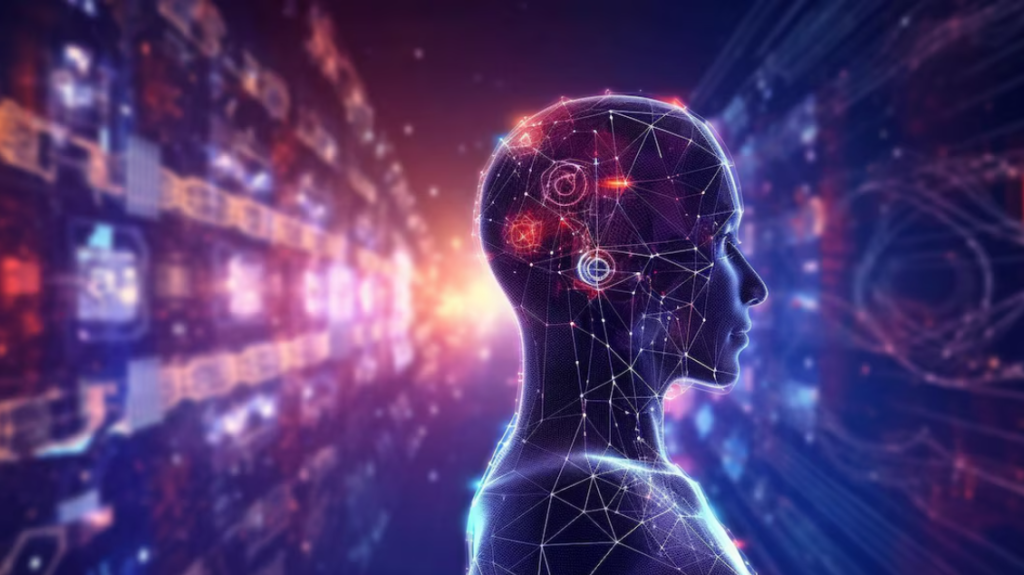The Digital Genie AI Demographic Project aims to leverage artificial intelligence to create digital representations of human demographics. This project focuses on utilizing AI algorithms to generate realistic digital genie avatars based on synthetic model and demographic data such as age, gender, ethnicity, and cultural attributes.





Identify relevant sources: Determine the sources from which you’ll gather data, such as surveys, census data, social media platforms, or any other relevant sources that provide demographic information.
Data acquisition: Develop methods to collect data from these sources, ensuring compliance with privacy regulations and ethical considerations.
Data integration: Consolidate the collected data into a unified dataset for further processing.
Data cleaning: Remove any inconsistencies, errors, or outliers from the dataset.
Handling missing values: Implement techniques like imputation or data interpolation to handle missing values in the dataset.
Data normalization: Standardize the data to ensure it’s on a consistent scale and format for accurate analysis
Statistical analysis: Apply statistical techniques and algorithms to analyze the preprocessed data and extract demographic patterns.
Feature extraction: Identify key demographic features such as age, gender, income, education level, and any other relevant attributes based on the data analysis.
Model development: Build demographic models based on the extracted features to represent the population’s characteristics accurately.
Behavioral data analysis: Analyze the collected data to understand patterns and behaviors of real individuals.
Modeling behavior patterns: Develop models that simulate behaviors based on the analyzed data.
Incorporating randomness: Introduce randomness and variability into the behavior models to create a diverse and realistic virtual population.
Database: Store the preprocessed data and demographic models in a database for efficient retrieval and processing.
AI/ML Models: Utilize machine learning and artificial intelligence techniques to build models for demographic analysis and behavior simulation.
Simulation Engine: Develop a simulation engine that brings the virtual individuals to life by combining demographic and behavior models.
User Interface: Design a user-friendly interface that allows users to interact with the digital population, observe their behaviors, and extract insights.
Validation metrics: Define metrics to measure the accuracy and realism of the digital population.
Iterative improvement: Incorporate feedback and iterate on the models and algorithms to improve the accuracy and realism of the digital population simulation.
Each Human Digital Genie H-DG is associated with a unique identifier, allowing for precise tracking and differentiation.
This component stores relevant information about the real-world individual being represented by the H-DG.
It includes data such as demographics, health parameters, and behavioral patterns.
These models simulate various aspects of the individual, including physiological, psychological, and social characteristics.
Models may encompass demographic profiles, personality traits, and decision-making processes.
The H-DG may interact with other digital twins or systems.
These interactions enable cross-domain simulations and collaborative scenarios.
Within the H-DG, models are interconnected.
Relationships between models influence the overall behavior and responses of the digital twin.

Facilitates communication and coordination between different simulation components.
Enables seamless integration with other digital systems.
Handles data input and output.
Allows the H-DT to collect real-time information for accurate modelling.
Provides external access to the models and data of the H-DT.
Allows users or other systems to interact with the digital twin.
© 2024 All rights are reserve to Syntheticgen